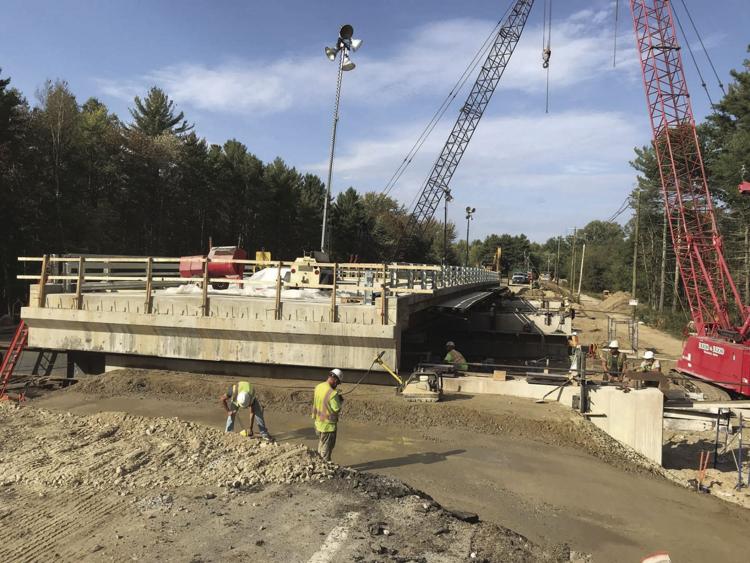
Using Engineering Techniques to Preserve Transportation Efficiency during Highway Construction
Route 16 in Ossipee, New Hampshire, is a popular access point carrying up to 18,000 vehicles per day – meaning that a plan to replace its outdated highway bridge would create major travel disruptions for state residents. The best scenario would find a way to keep that road open and handling its daily traffic volume while simultaneously installing a new and safer highway bridge.
The New Hampshire Department of Transportation minimized the environmental impacts of bridge construction while saving money and reducing construction inconvenience for people and businesses by using an innovative “slide-in” technique which kept the current road alignment in place and operating while installing a new bridge.
That slide-in technique allowed the new structure to be built on temporary supports right next to the old bridge, then moved completely and quickly to replace the existing structure, allowing the roadway to stay in its current location without the need for extra construction. The bridge slide method is a technique used by many state departments of transportation that moves precast bridges into place via hydraulic jacks; a technique that reduced normal bridge construction project timelines from months to days.
The bridge is also part of a 2,000-foot section of elevated roadway that is located adjacent to businesses in the environmentally sensitive Bearcamp River floodplain. Realigning the roadway to either side would have adversely affected the surrounding ecosystem. Using Slide-in Bridge Construction or SIBC technology allowed the roadway to remain in its existing location, minimizing any environmental impact to the surrounding floodplain while also saving $2 million in construction costs.
The New Hampshire DOT worked together with the local community to determine the best times to perform the work without disrupting traffic; successfully completing the project on time in just under 72 hours while ultimately getting traffic moving again safely.
Read additional stories from this state:
2020


